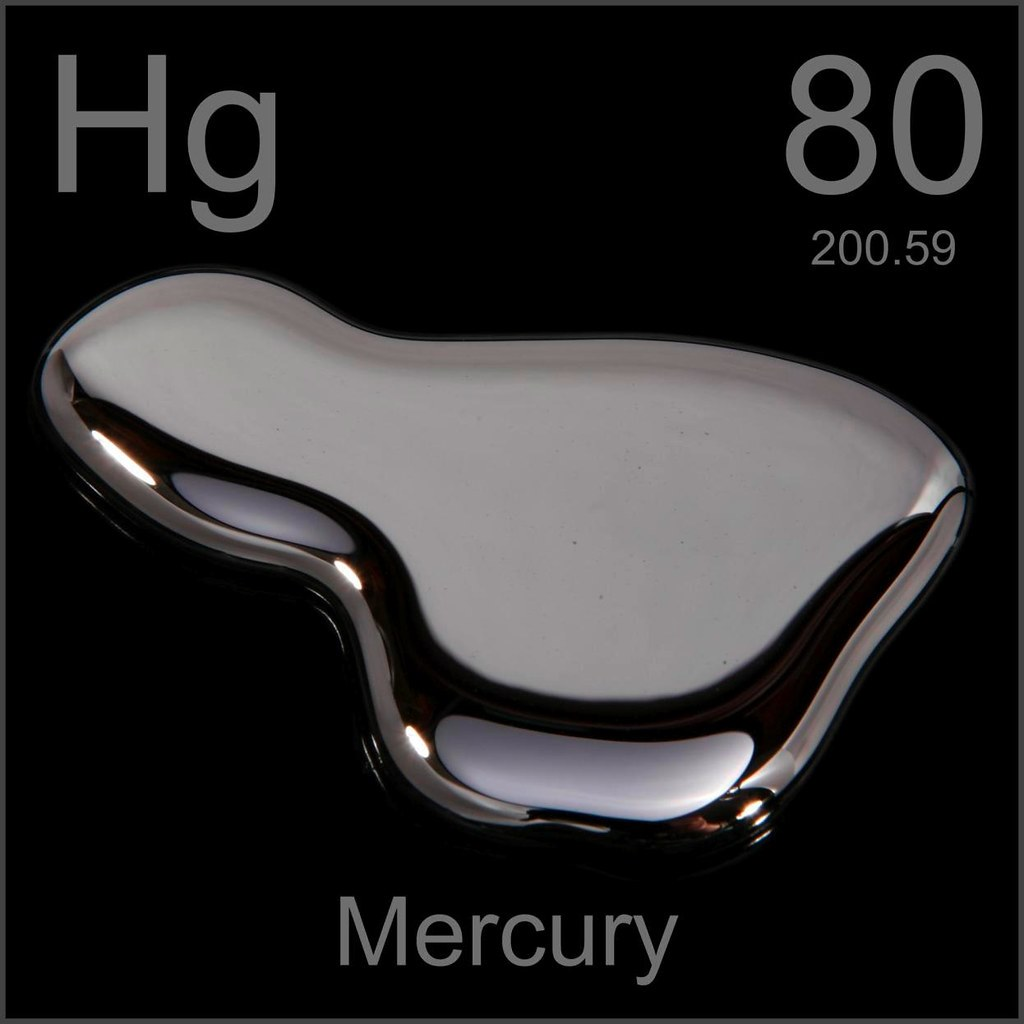Chemicals in water: Arsenic and Mercury
ByArsenic is a element found in the earth’s crust. It can be found in some drinking water supplies, including wells. Exposure to high doses of the element can cause health effects.

If mineral deposits or jewels with Arsenic are dissolved, arsenic can get into lakes, gutters and underground water in a natural way. In addition, arsenic can get into water through the dumping of artificial waste or by depositing patches of arsenic in dust and dissolved in any rain or snow. These patches of arsenic may enter the ground, the burning of fossil energies; essence product; agrarian use; or waste burning.
Data set up says that the situations of arsenic in Canadian drinking water are generally lower than0.005 milligrams per liter(0.005 corridor per million- ppm), though it may be advanced in some areas.
Arsenic originates from contaminated groundwater, and it represents the most serious threat to public health. Inorganic arsenic is naturally present at high situations in the groundwater of several countries, including Cambodia, Bangladesh, Chile, Argentina, China, India, Pakistan, the United States of America, Mexico, and Viet Nam. The sources of exposure are drinking water, agricultural products contaminated with pollutants and food produced from polluted waters.
The sources of arsenic can also include fish, shellfish, meat, flesh, dairy products and cereals though exposure from these foods is much lower than that found in contaminated groundwater. A significant amount of arsenic is established in its low toxic organic form in fish.

Health effects
Inorganic arsenic is a confirmed carcinogen and is the most significant chemical contaminant in water globally. Arsenic can also appear in an organic form. Inorganic arsenic compounds (such as those found in water) are highly toxic while organic arsenic compounds (such as those found in seafood) are less harmful to health.
Acute effects
The immediate symptoms of acute arsenic poisoning involve vomiting, abdominal pain, and diarrhea. And are followed by numbness and tingling of the extremities, muscle cramping, and death, in extreme cases.
Long-term effects
The first symptoms of long-term exposure to high levels of inorganic arsenic are usually seen in the skin, and include pigmentation changes, skin lesions and hard patches on the palms and soles of the feet (hyperkeratosis). These occur after a minimum exposure of approximately five years and may be a precursor to skin cancer.
In addition to skin cancer, long-term exposure to arsenic may cause cancers of the bladder and lungs. The International Agency for Research on Cancer (IARC) has classified arsenic and arsenic compounds as carcinogenic to humans and has also stated that arsenic in drinking-water is carcinogenic to humans.
Other adverse health effects that may be associated with long-term ingestion of inorganic arsenic include developmental effects, diabetes, pulmonary disease, and cardiovascular disease. Arsenic-induced myocardial infarction in particular can be a significant cause of excess mortality.
References
Mercury
Mercury is a highly toxic element that becomes an air pollutant mostly by emissions from coal-fired power plants. It is also broken free from rock and soil by acidic water. minor amounts are also contained in the same pollution that causes acid rain.


i
https://www.who.int/news-room/fact-sheets/detail/arsenic
Association of arsenic with adverse pregnancy outcomes/infant mortality: a systematic review and meta-analysis.
Quansah R, Armah FA, Essumang DK, Luginaah I, Clarke E, Marfoh K, et al. Environ Health Perspect. 2015;123(5):412-21.
In utero and early life arsenic exposure in relation to long-term health and disease.
Toxicol Appl Pharmacol. Farzan SF, Karagas MR, Chen Y. 2013;272(2):384-90.
The developmental neurotoxicity of arsenic: cognitive and behavioral consequences of early life exposure.
Tolins M, Ruchirawat M, Landrigan P. Ann Glob Health. 2014;80(4):303-14.
Arsenic Pollution: A Global Synthesis.
Ravenscroft P, Brammer H, Richards K. Wiley-Blackwell; 2009.
Arsenic primer: Guidance on the investigation and mitigation of arsenic contamination. New York: United Nations Children’s Fund and the World Health Organization; 2018.
Global threat of arsenic in groundwater. Podgorski J, Berg M. Science. 2020;368(6493):845-850.
https://www.hrw.org/news/2017/03/16/politics-arsenic-free-water